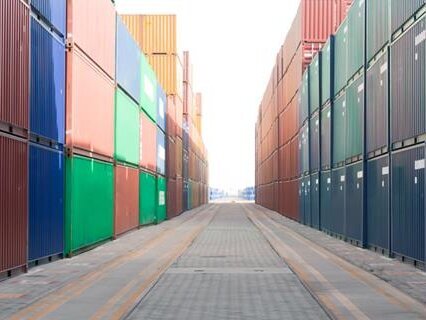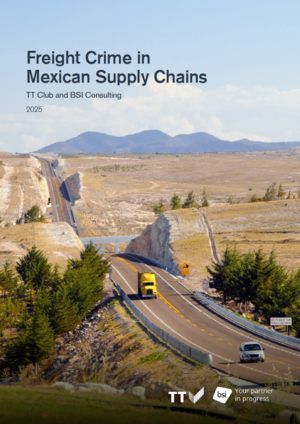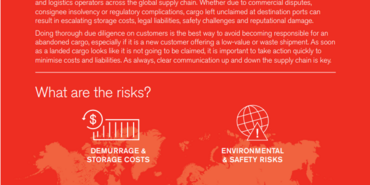TT Club and BSI: Freight Crime in Mexican Supply Chain
Freight crime in Mexico has reached alarming levels, with TT Club's 2025 report revealing that cargo theft claims have doubled since 2022, whilst hijackings have nearly trebled. This surge poses particular risks for Asian freight forwarders expanding into Mexico's markets as part of nearshoring trends.
The report highlights Mexico's position as a global cargo theft hotspot, with 28% of worldwide hijacking claims occurring within the country during 2023. Road transport bears the brunt of criminal activity, accounting for 94% of theft incidents compared to facilities and rail transport.
Geographic risk concentrations
The states of Puebla and Mexico surrounding Mexico City represent the highest-risk areas for cargo theft. Highway 150D between Puebla City and Mexico City creates a particular bottleneck where organised criminal groups exploit limited routing options. These criminals employ sophisticated tactics including GPS jamming devices called 'hawks', staged accidents, and impersonation of police officers.
Violence remains a defining characteristic of Mexican freight crime, with 73% of cargo robberies involving violence or threats. Organised criminal groups, including well-funded drug cartels, use these incidents both for financial gain and territorial control. Food and beverages represent the most targeted commodities at 32.5%, followed by consumer products at 13.8%.
For transport & logistics operators, the liability landscape proves equally challenging. Mexican law permits carriers to claim force majeure defences, often limiting liability to approximately US$90 per tonne through UMA calculations. This leaves freight forwarders and cargo handling facilities exposed to significant financial risks when first-party cargo insurance isn't in place.
The report emphasises comprehensive security measures including GPS tracking every three seconds, vetted escort services, panic buttons, and avoiding predictable routes. Claims management becomes crucial given the complex liability environment and elevated threat levels facing the industry.
Key takeaways
- Rising cargo crime in Mexico saw theft claims double between 2022-2023, with hijackings nearly tripling
- 94% of Mexican freight crime targets road transport, with 73% involving violence
- Geographic concentration of risk centres on Puebla and Mexico state corridors
- Food and beverages account for 32.5% of targeted commodities
- Common tactics include GPS jamming, staged accidents, and police impersonation
- Mexican carriers can limit liability to ~US$90 per tonne using force majeure defences
- First-party cargo insurance provides essential protection against financial exposure
- Enhanced security measures include GPS tracking, escort services, and traffic monitoring
Frequently asked questions
What are the main cargo theft hotspots in Mexico?
The states of Puebla and Mexico surrounding Mexico City pose the highest risks, particularly Highway 150D corridor between Puebla City and Mexico City.
How do Mexican liability laws affect freight operators?
Mexican civil law allows carriers to claim force majeure defences for hijackings, often limiting liability to approximately US$90 per tonne, leaving cargo owners exposed without first-party insurance.
What security measures are most effective against Mexican freight crime?
Key measures include GPS tracking every three seconds, vetted escort services, panic buttons, avoiding predictable routes, and monitoring traffic conditions to delay departures during congestion.
Documents
TT_Club_and_BSI_Mexico_Theft_Report_2025.pdf (2.22 MB) 11/08/2025
TT_Club_BSI_Theft_Report_2025_Mexico__Chinese_-_Simplified_.pdf (2.09 MB) 11/08/2025
- Date
- 13/08/2025






